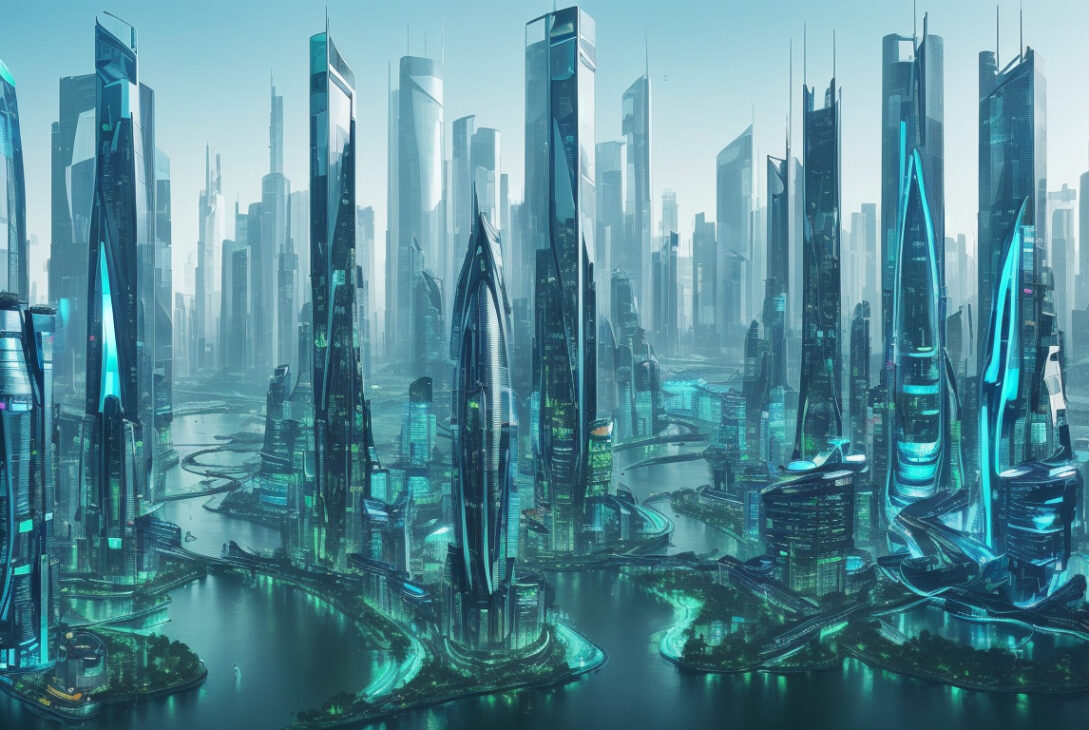Why Technology Creates New Problems for Each One It Solves
By Mark Buchanan, The Guardian
Published: 24 July 2025
In an era dominated by rapid technological advances, a prevailing mindset among many Silicon Valley innovators and techno-optimists is that technology will continuously deliver a brighter future for humanity. Indeed, science and technology have been extraordinary engines of progress and hope. Yet, as physicist and science writer Mark Buchanan explains, this unreserved faith overlooks a fundamental reality: technology almost inevitably generates new problems while solving existing ones. Understanding this paradox is crucial for managing the future of innovation responsibly.
The Paradox of Technological Progress
Tech enthusiasts rightly celebrate the breakthroughs that improve quality of life, extend longevity, and enhance convenience. But history teaches a cautionary tale — each technological triumph tends to bring unforeseen consequences. Buchanan references the work of anthropologist Sander van der Leeuwe, who articulated a near “law of nature” explaining why this occurs.
When faced with a problem, we develop simplified conceptual models to understand and address it. These models, by necessity, omit many details. Technologies based on such models usually succeed in solving the initial problem, but when they interact with the full complexity of the real world, unexpected effects emerge. Our partial understanding blinds us to these side-effects until they cause new issues.
Examples of Unintended Consequences
Buchanan illustrates this with familiar cases. The invention of advanced fishing technologies has allowed food production to grow but at the cost of decimating fish populations. Non-stick cookware revolutionized kitchens, but chemical components later linked to health and environmental harm were overlooked. Plastic’s convenience became a global environmental disaster as microplastics saturate oceans and ecosystems, including human bodies.
This cycle—solve a problem with technology, then face new challenges it creates—is ongoing. It is not a sign that technology is inherently bad, but rather that the complexity of the world defies any simple or complete understanding.
The Need for Caution and Foresight
Acknowledging the inevitability of unforeseen consequences, Buchanan and others argue that technological development must include deliberate anticipation of risks. This means adopting a clear-eyed awareness of our limited knowledge and employing foresight to guide innovation responsibly. It calls for regulatory frameworks and time allowances to monitor and manage emerging problems, rather than rushing headlong into uncharted territory.
The current landscape of artificial intelligence (AI) development exemplifies the risks of neglecting caution. Major technology companies are locked in a competitive rush to dominate AI markets with little oversight, rapidly deploying new models without fully understanding their implications. Neuroscientist Gary Marcus warns that this urgency risks exposing society to harmful unknown effects, while monopolizing resources around current trends may sideline potentially transformative research in other areas.
Balancing Optimism with Realism in AI’s Future
Prominent figures like Dario Amodei, CEO of AI firm Anthropic, embody a nuanced perspective. While optimistic about AI’s potential to eradicate diseases, foster economic growth, and improve societal consensus, Amodei recognizes that AI could also deepen inequality or empower authoritarian control via surveillance and propaganda. The ultimate outcomes depend heavily on deliberate choices made now.
Amodei advocates for heightened focus on regulation and risk management in AI development, emphasizing that while AI’s core advancements seem inevitable, the magnitude of risks is not fixed and can be influenced by human actions. This highlights the vital tension between short-term pursuit of profit and long-term stewardship of technology’s impact.
The Pitfalls of Techno-Optimist Overreach
The allure of near-term gains often overshadows more nebulous future risks, creating an uneven playing field for decision-making. Tech entrepreneur Marc Andreessen’s dream of scaling clean energy use to 1,000 times today’s levels, while visionary, serves as a cautionary example. Physics dictates that such an increase would trigger catastrophic planetary warming, underscoring how simplistic enthusiasm can lead to destructive outcomes.
Embracing Complexity and Prudence
The take-home message is clear: technology’s tricky nature demands that society temper optimism with humility and prudence. We must recognize that the complexity of cause and effect in our interconnected world defies easy prediction. Rather than rushing recklessly into new innovations, a wise, balanced approach grounded in foresight and regulation is essential to harness technology’s true potential while safeguarding against its pitfalls.
Mark Buchanan, author of Ubiquity and Nexus: Small Worlds and the New Science of Networks, highlights that thoughtful understanding of risks is not a call to halt technological progress, but a plea to proceed with vigilance and care — ensuring that the solutions we engineer today do not become the problems of tomorrow.
Related Topics: Artificial Intelligence (AI), Technological Innovation, Environmental Impact, Regulation and Risk Management
For more insights and updates, subscribe to The Guardian’s newsletters and follow our science and technology coverage.










